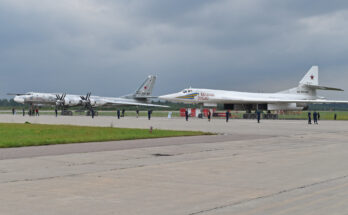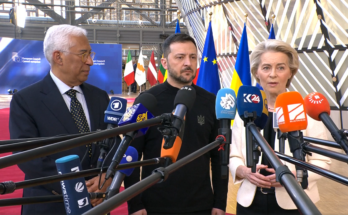by Dan Darling, International Military Markets Analyst, Forecast International.
The Romanian government reportedly plans to utilize a national emergency procedure as a means to funnel additional monies toward the country’s ailing defense industry. This funding will not only sustain the sector but provide the country’s armed forces with necessary hardware. Such a move, however, risks wasting precious financial capital on a lost cause: resuscitating a bankrupt sector whose domestic market does not feature the requisite scale to justify industrial protectionism and taxpayer subsidy.
With just 71,000 members serving within the Romanian armed forces (including 12,000 civilian personnel), the Romanian military no longer resembles the mechanized, heavy-footprint, 220,000-strong conscripted army that served during the communist Ceausescu era. Instead, today’s Romanian armed forces are smaller, nimbler, and far less mechanized, and are counted upon – when not performing homeland defense – to participate in out-of-theater deployments within U.N.- , NATO- or EU-led missions. Furthermore, they operate on a total budget equal to $1.87 billion – with this coming off a 15 percent year-on-year increase due to fears over internal conflict and instability in neighboring Ukraine.
Added to this is that the external market for Romanian-produced military hardware no longer exists to the degree it did during the Cold War. Then, it was possible to sell military equipment to Warsaw Pact partners, rebel guerrillas fighting “popular causes” in Third World locales, and fellow communist-aligned regimes. But the material produced by Romanian plants is rarely compatible with the country’s new NATO partners, and Romania’s legacy, 1980s-vintage products no longer hold sway on global markets when ostracized regimes and poorer nations may readily buy up Chinese- and Russian-produced material without worries of political blowback from the supplying country.
What Prime Minister Victor Ponta’s government seeks is to prop up the publicly held element of the local defense sector, comprising 15 defense manufacturing facilities (and one research and development institute) folded under state-owned Romarm. These various facilities and depots specialize in production, maintenance and upgrade of armored vehicles, infantry weapons and ammunition (to NATO standards), artillery systems (cannon and mortars ranging from 23mm to 152mm in caliber), munitions, and missile systems.
While attempts have been made by various governments to stave off the further decline of the Romanian defense sector, the harsh truth is that there is both a limited internal and external market to which to sell its products. Furthermore, the realities of modern manufacturing within the defense sector for nations such as Romania call for specialization and offset work rather than whole-scale production. Little funding is available for research and development, so the sector struggles forward hoping that minority private stakeholders will invest and production facilities will be upgraded. But the European defense market today is slowly moving toward consolidation into cross-border mega-primes (such as Airbus Military, Thales, MBDA, and the nascent Nexter-KMW joint venture) rather than economically wasteful state-run military factories.
Romania’s defense industry is being tasked with modernizing the country’s military by supplying armored vehicles, air defense missiles, artillery systems, explosives, personal weapons and other gear, but beyond the infantrymen and logistical supply coordinator, heavier tasks will always be outsourced to foreign vendors who are able to deliver larger platforms. As a perceived strategic asset, it is natural that the Romanian government would want to hold onto a local source for basic equipment, while – more importantly for the politicians – ensuring additional employment on the domestic front.
But for a country still trying to conduct a military modernization process (stretching from 2006 through 2025) and making very slow headway in the process, shifting funding from a limited treasury while writing off past Romarm debt (as the government did in 2014 to the tune of $281 million) is hardly sound economically.
For 50 years, Forecast International intelligence reports have been the aerospace and defense industry standard for accurate research, analysis, and projections. Our experienced analysts compile, evaluate, and present accurate data for decision makers. FI's market research reports offer concise analysis of individual programs and identify market opportunities. Each report includes a program overview, detailed statistics, recent developments and a competitive analysis, culminating in production forecasts spanning 10 or 15 years. Let our market intelligence reports be a key part of reducing uncertainties and mastering your specific market and its growth potential. Find out more at www.forecastinternational.com




